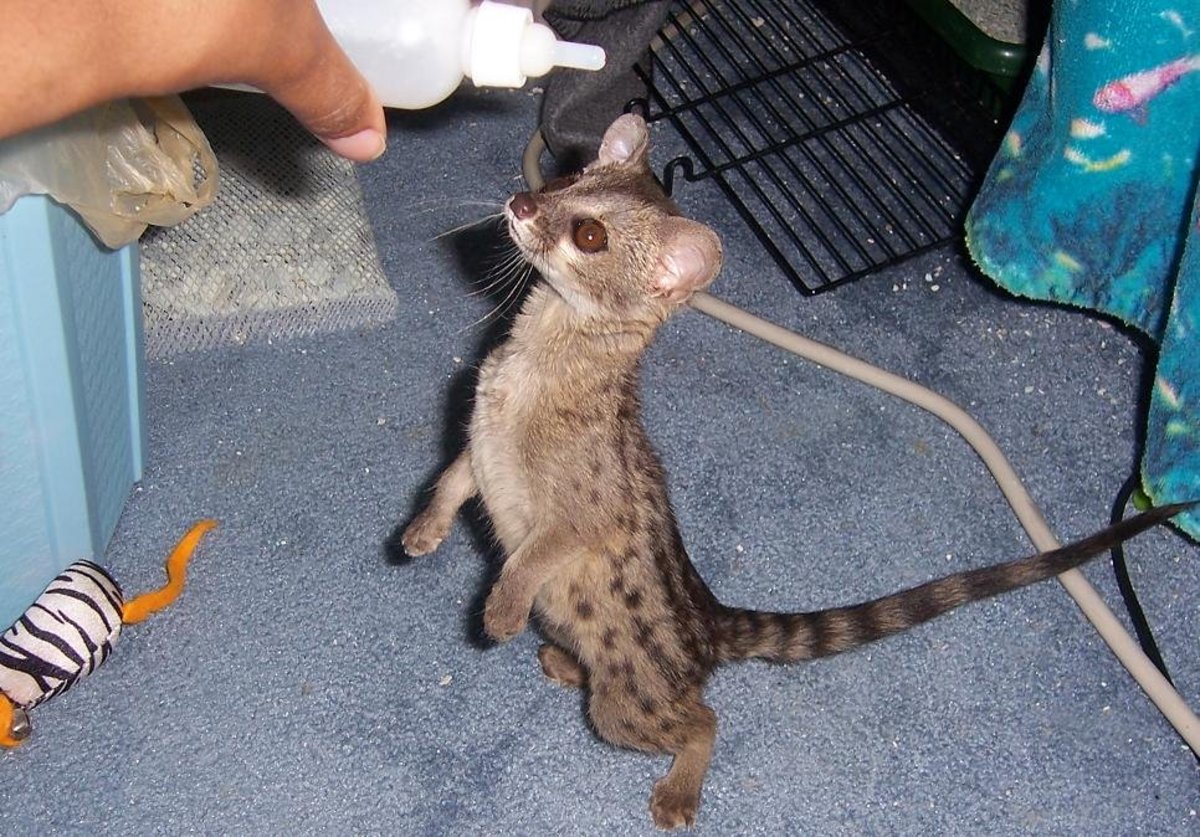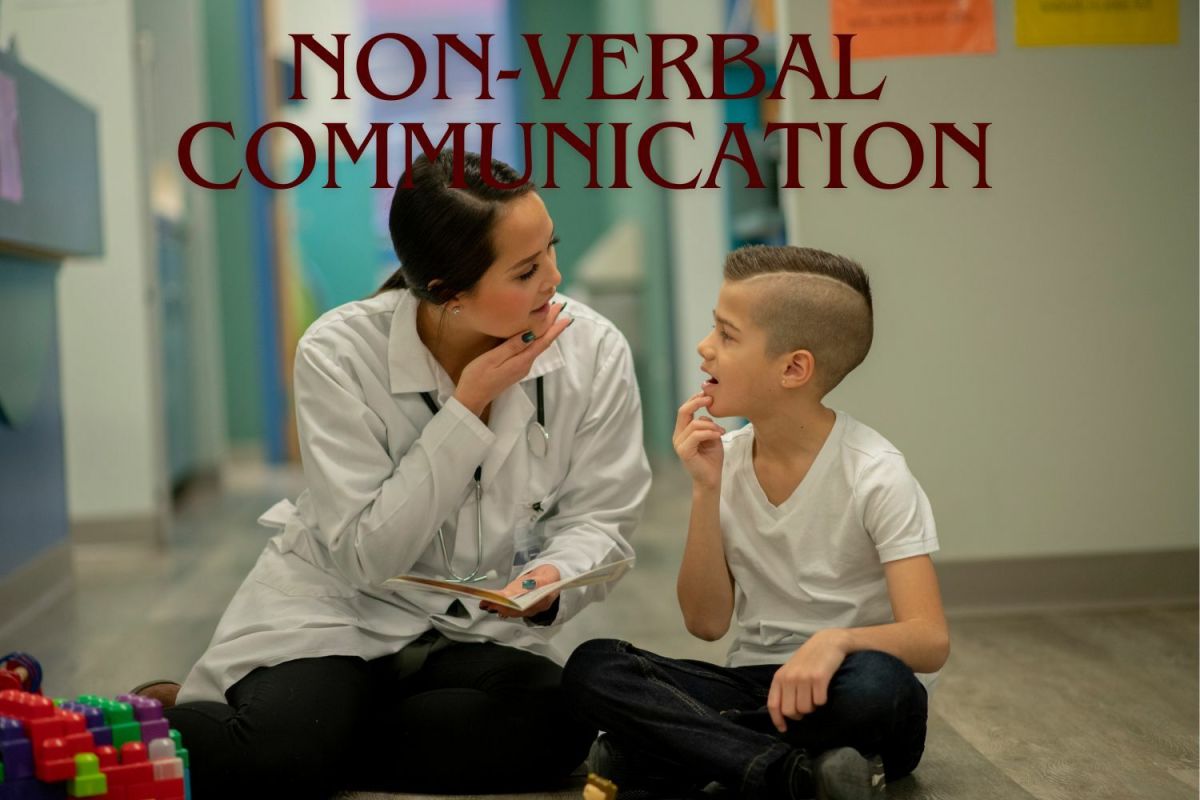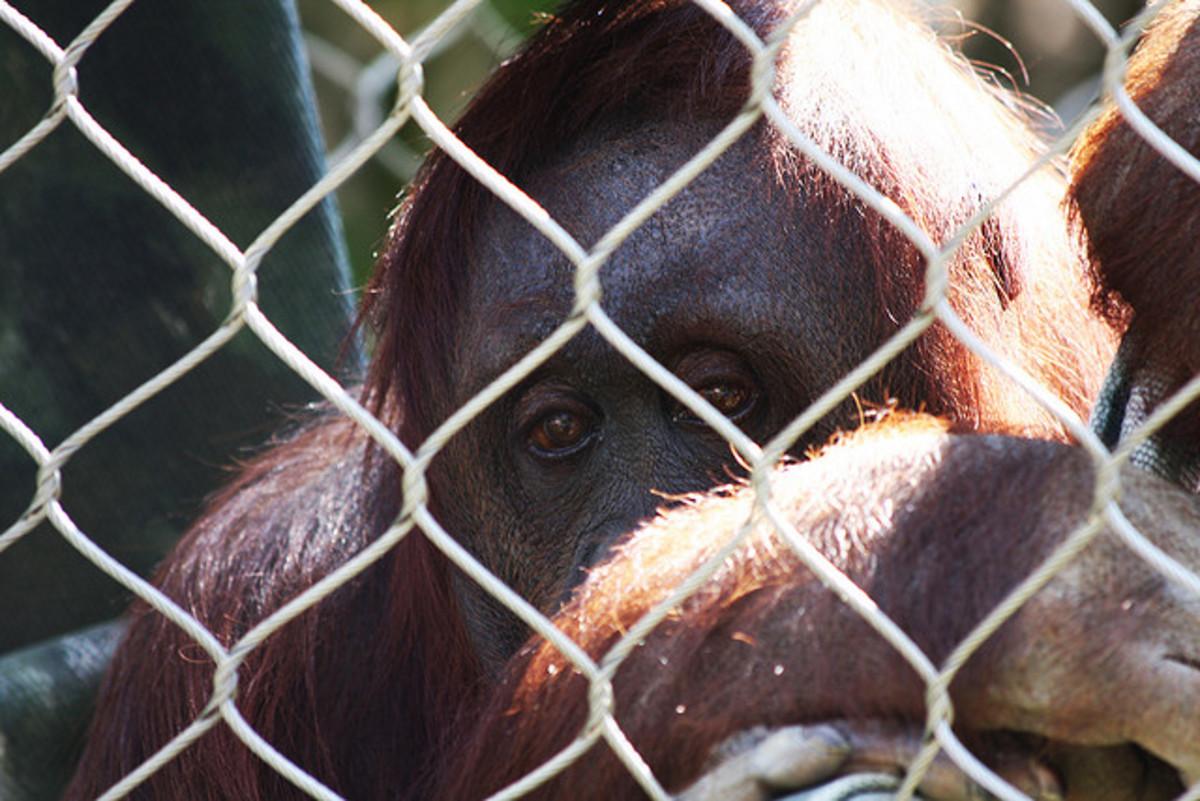Animals Using Tools
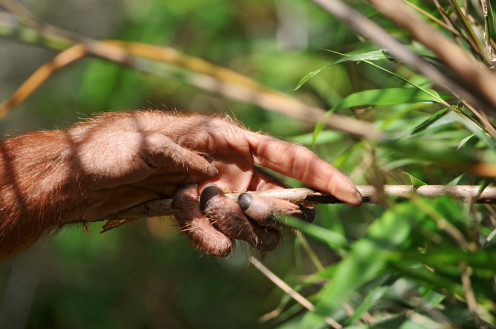
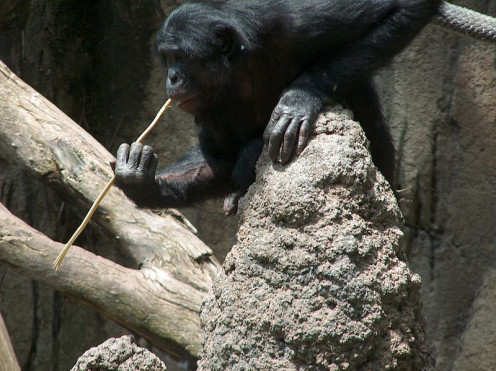
People have been noticing certain animal expressions and behaviors that appear to closely resemble the same expressions and behaviors in humans for quite a long time now. Some animals have also behaved in ways that most of us thought off as impossible or highly improbable like using tools regardless of how simple these tools might be. We will usually attribute these behaviors as being something else or have tended to classify them as what we think that it must be.
Recent studies have since proven with a high degree of certainty that animals have a myriad of facial expressions and behaviors that are directly identical to how humans act, or express them when facing the same situation. Science has also indicated that a host of species learn to use tools much the same way; as a reaction to the environment.
For example chimpanzees have been found to use the same hand gestures for greeting, hand kissing, welcoming, hugging one another and in the same concept as we would. They have also been seem to use several rudimentary "tools" such as using a stick to prod ant and termite mounds and capture the insects on which they sometimes feed.
Animals have also been found to grieve and mourn for a deceased comrade or member of the clan. Even rats have been seen to express facial gestures of pain. See link for further studies regarding animal behavior: Animal behavior studies.
There are even situations in which animals have adapted and actually learned from their interaction with humans and there are also several well documented cases of animals using tools to accomplish a set goal such as using bread crumbs as bait by some birds in their attempt to catch fish. And very well observed behaviors of some species of birds dipping bread crumbs in water to soften them or using rocks to crack snail shells, even dropping their prey from high altitudes in order to soften or break their casings.
Conducting a photographic project that involves photographing various animal expressions and behaviors that closely mimic the same in humans may at first sound difficult to accomplish but this is not so hard if you know where to look and with a little research, know also what to look for.
Zoos and wildlife preserves are the principal sources of subjects but one must be willing to spend a good deal of time at one. Other subjects can also be found in nature, but unless you spend a considerable amount of time studiedly observing your subjects and have long telephoto lenses and the animals are somewhat accustomed to a human presence, their reactions and behaviors will more than likely be in reaction to us.
This is much easier done with pets as they already are used to our presence. Focus of expressions that appears as one of ours such as a smile, a grin, a gesture of concern, curiosity, pain, anger and happiness. Do they seem to "study " a situation and so on.
Also pay attention to certain behaviors such as when they interact with one another. Excellent examples of a need for friendship and a natural nurturing instinct have been recorded many times with many different species apparently "nurturing" and seeking the company of totally different species, with one subject usually being much younger than the other.
Try to capture the facial expressions that encompass the entire face with careful attention to the eyes, then once the image has been recorded make sure to write a note to yourself indicating the frame number as reference for the specific expression such as; frame number 2-chimpanzee-tool use.
This may seem as not being needed and trivial, but you will be surprised as how many facial expressions appear to be the same. Go with your instincts and write down what the image represents to you at the moment that you took the photo.
You main goal is to record an animal behavior when alone or preferably in a group such as when some chimpanzees gather around a newborn and its mother and take turns caring and holding the baby and a similar human interaction which is done when a mother gives birth and everyone at the hospital or at home takes turn holding a caressing the newborn child.
Take full advantage if you see animals using tools such as chimps in the zoo or in the wild using sticks to fish for termites, birds using stones to crack seeds, otters banging shells against the rocks or bears scratching their backs against a tree. All of which are similar acts performed by humans.
Other less evident scenes like birds dipping bread in water to soften it up, animals relaxing under a shade, eating and so on will become clearer with careful observation and practice and you will soon begin to recognize behaviors and their particular meanings or motives as well as learning to anticipate certain acts and postures that lead to certain behaviors.
Even if you are unsure about what a certain expression or behavior signifies, if it appears like a smile for example, take the photograph. Dolphins have features which makes them appear as if they are always smiling, and this makes for good images especially when they are seen in the company of people.
Since recording images of animal behavior can sometimes be difficult at least record some which appear to be one. Although the emphasis or purpose for the project is to capture true expressions and behaviors in the animal kingdom, since this may not be always feasible, at least record some images which purport to show an expression so that you don't end up empty handed.
© 2011 Luis E Gonzalez



